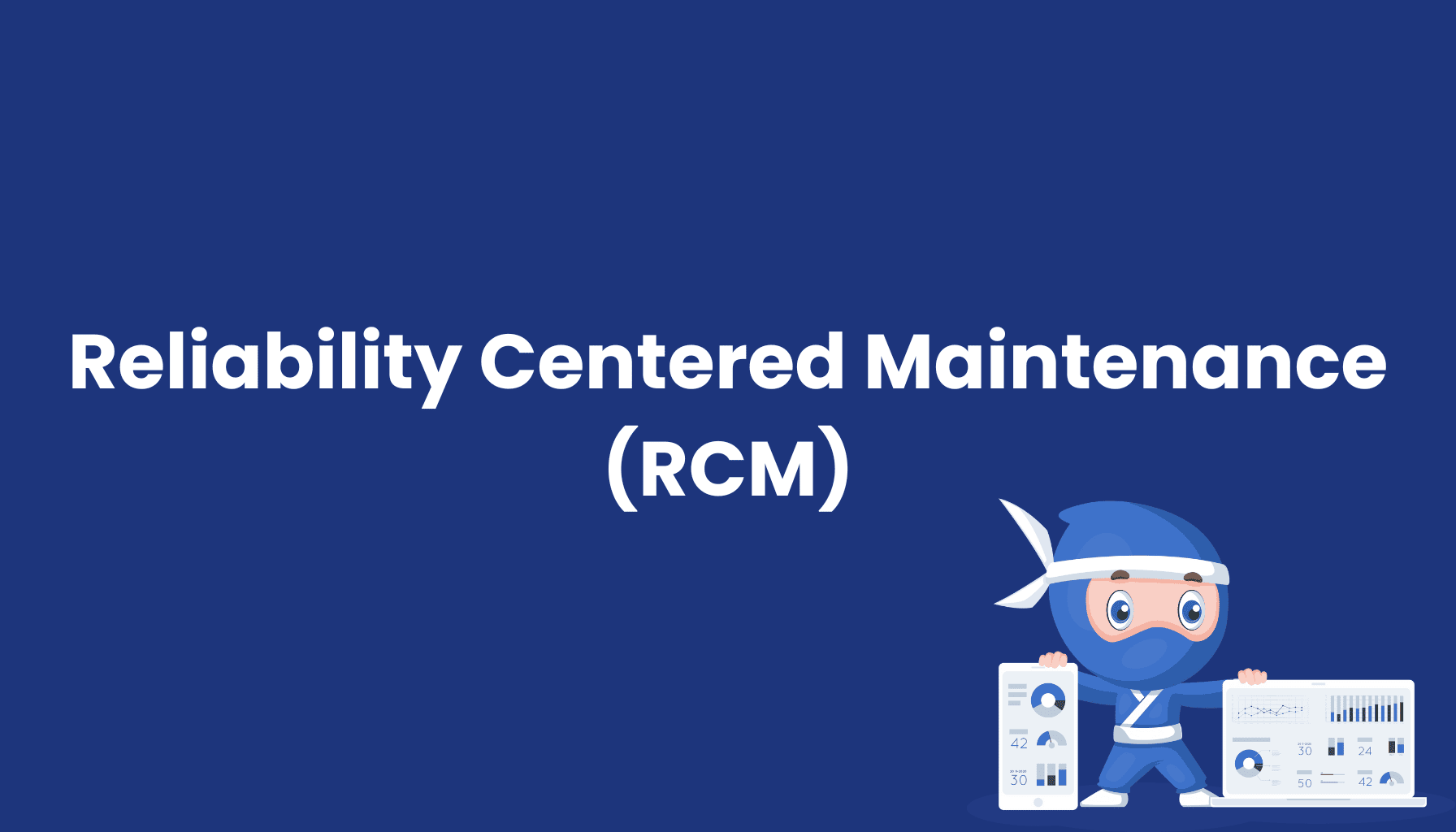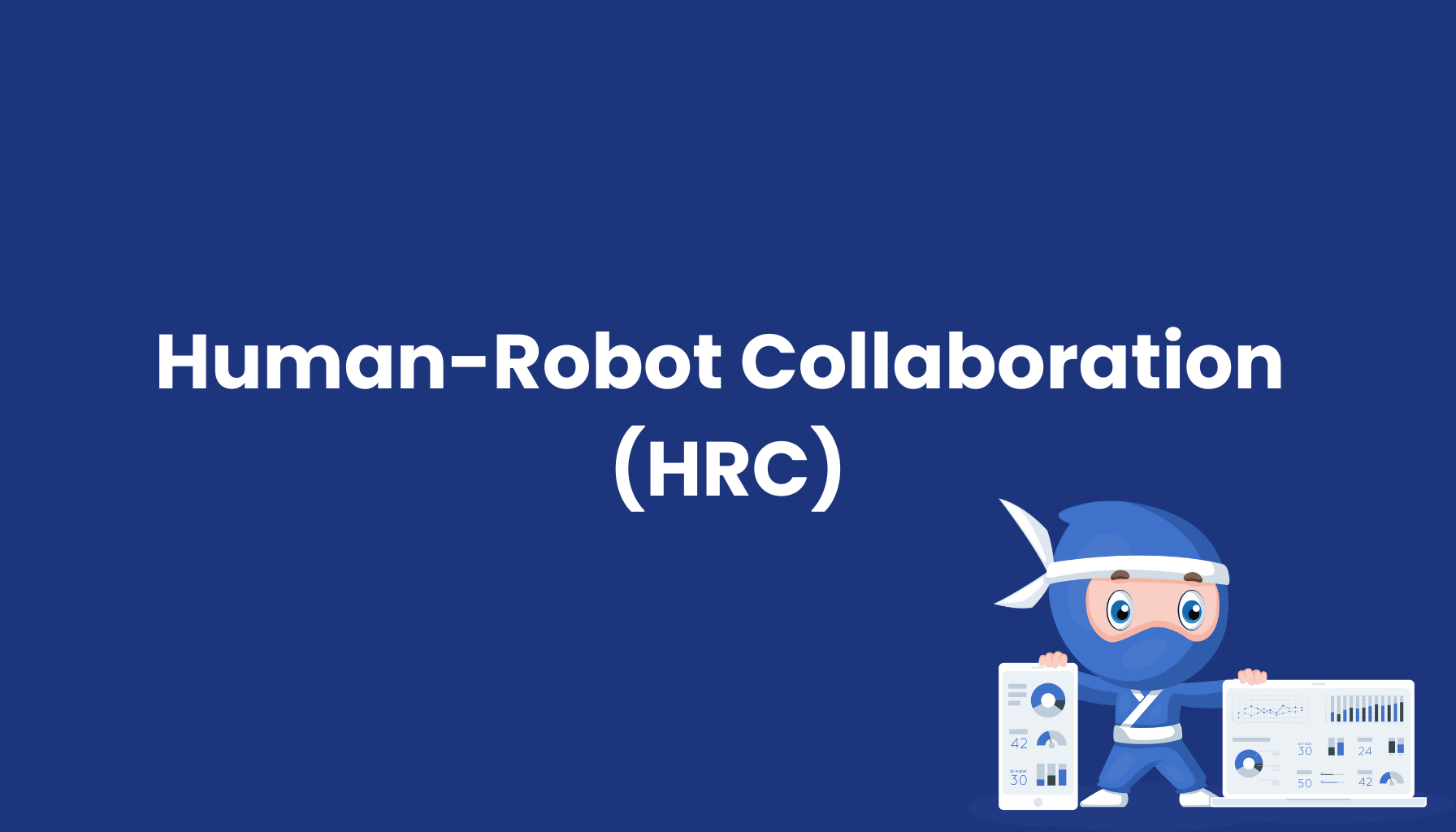Reliability Centered Maintenance (RCM)

What is Reliability Centered Maintenance (RCM)?
Reliability Centered Maintenance (RCM) is a strategic approach to maintenance that aims to maximize the reliability, safety, and lifespan of machines and equipment. RCM identifies critical components and develops tailored maintenance strategies to minimize failures and optimize operational performance. The goal is to reduce the risk of breakdowns while improving the overall efficiency of maintenance activities.
Benefits of Reliability Centered Maintenance (RCM)
- Maximized Reliability: RCM focuses on maintaining critical components, enhancing system reliability, and reducing unexpected failures.
- Cost Reduction: By targeting maintenance only where needed and avoiding unnecessary work, RCM helps lower operating and maintenance costs while maintaining machine performance.
- Increased Operational Safety: RCM improves safety by ensuring that equipment remains functional and failure risks are minimized, protecting both personnel and processes.
- Efficient Resource Use: Maintenance resources are deployed more effectively, focusing on the areas with the highest risks and potential impacts, saving time and costs.
- Extended Equipment Lifespan: Regular, targeted maintenance helps prevent premature wear and extends the lifespan of equipment, ultimately reducing long-term operational costs.
Application of RCM in Industry
RCM is widely used in industries such as aviation, energy, manufacturing, and transportation, where equipment reliability is crucial for continuous production and safety. RCM helps develop maintenance plans based on the actual risk factors and the criticality of each component, ensuring that resources are used effectively to maintain high performance.
Conclusion: Reliability Centered Maintenance (RCM) is a proven approach to maximizing equipment reliability and lifespan while reducing maintenance costs. By focusing on critical components and developing customized maintenance strategies, RCM improves the efficiency, safety, and productivity of industrial operations.





